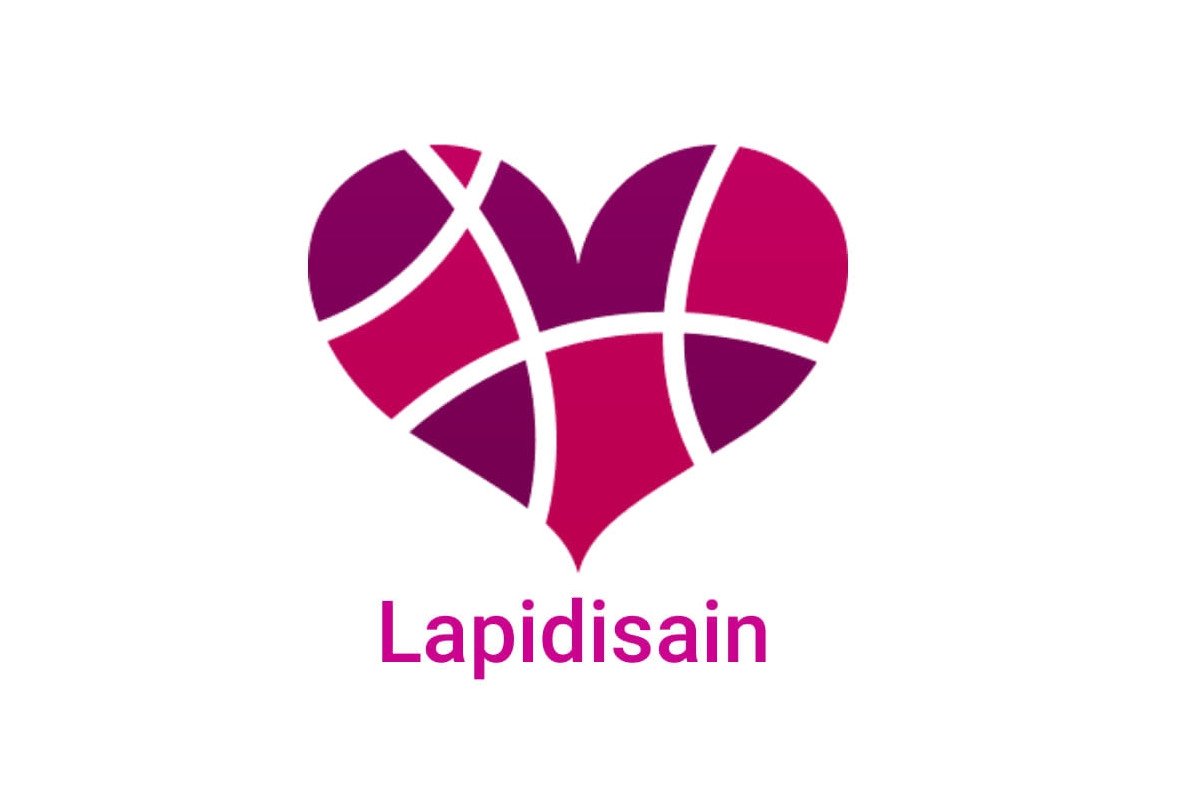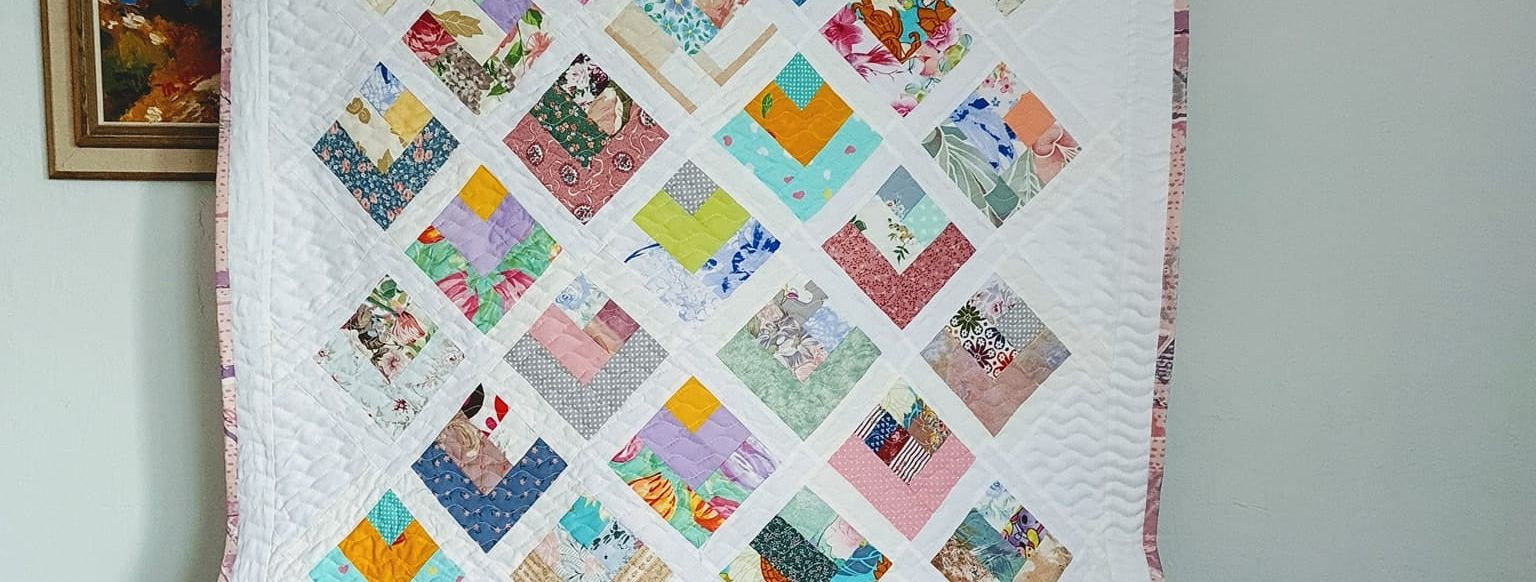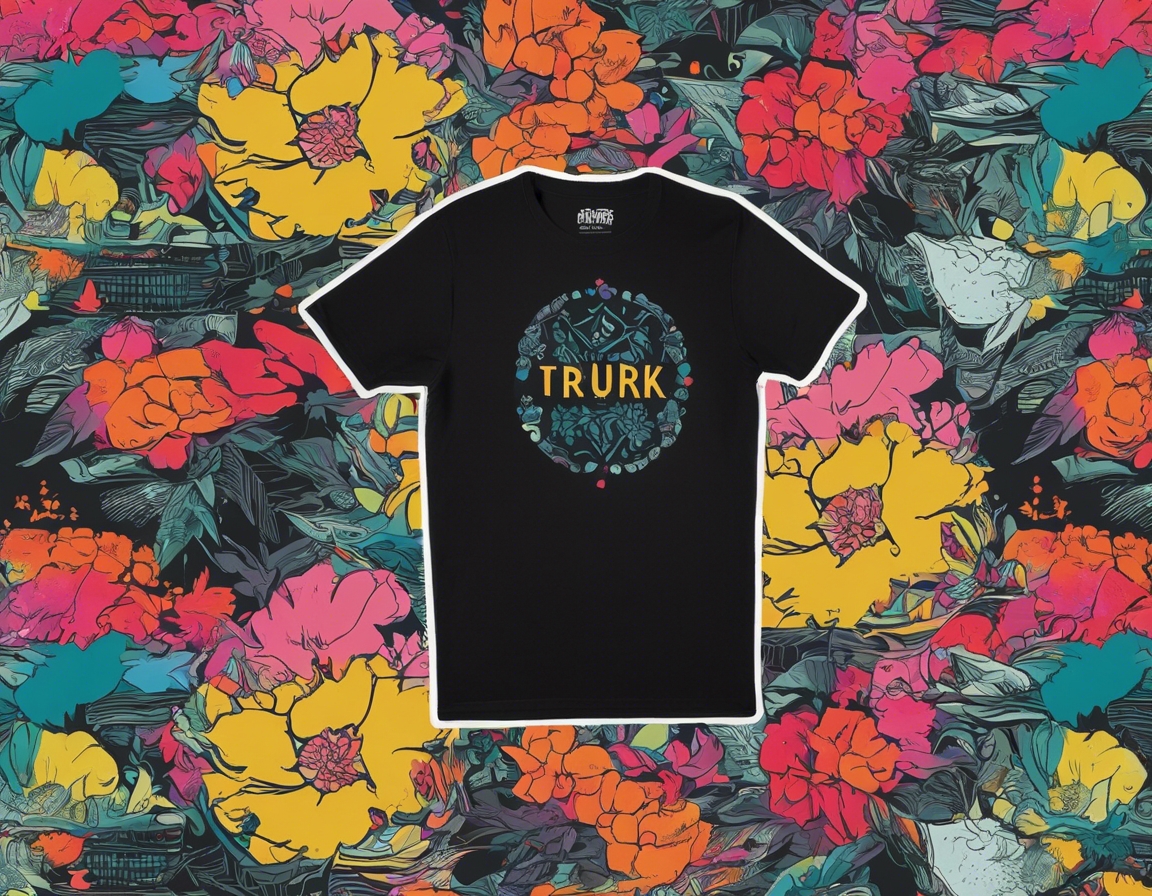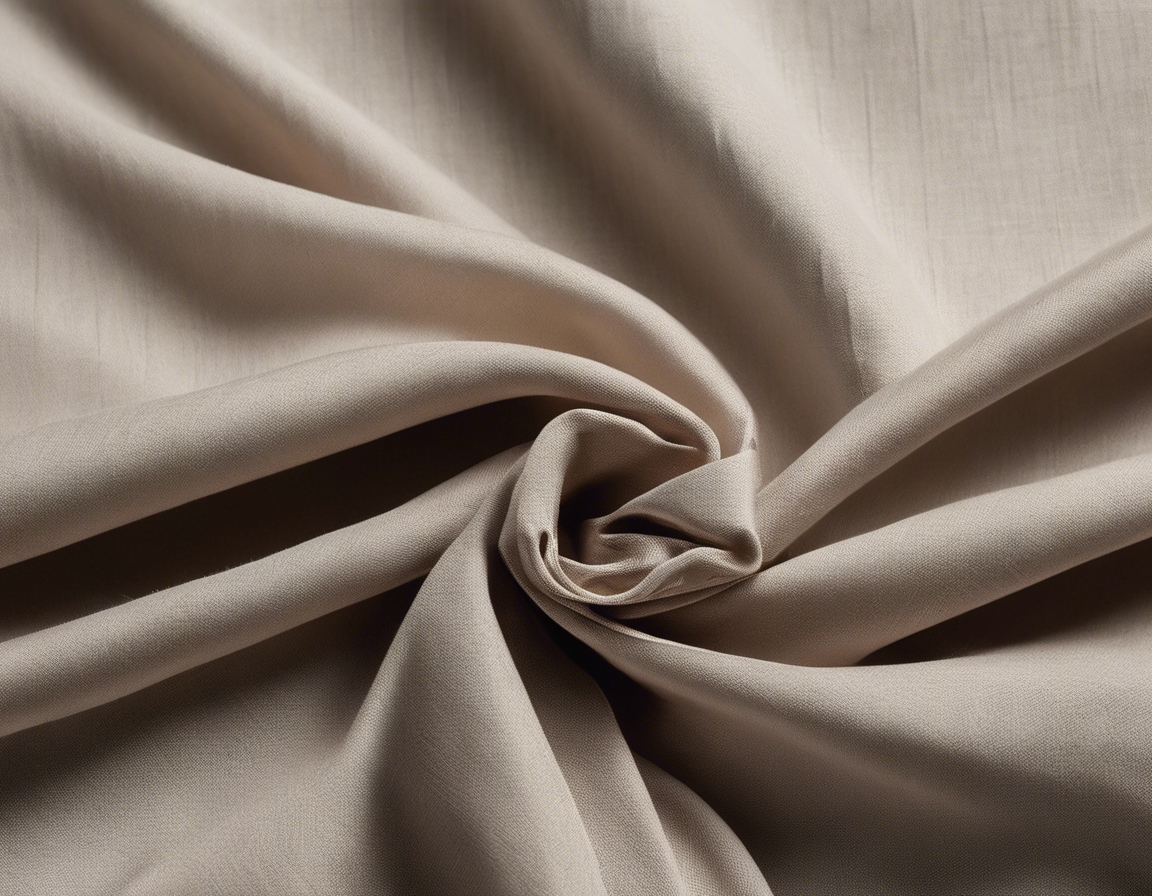Embroidery 101: choosing the right materials for your project
Embroidery is a beautiful and timeless craft that allows for endless creativity. Whether you're a beginner or an experienced stitcher, the success of your embroidery project largely depends on choosing the right materials. In this guide, we'll explore the essential components of embroidery and provide tips for selecting the best options for your work.
Understanding Fabric Choices
When it comes to embroidery, natural fabrics like cotton, linen, and silk are popular choices. They are not only sustainable but also provide a sturdy base for your stitches. Consider the weave of the fabric - a tighter weave is ideal for detailed work, while a looser weave may be better for larger, more expressive stitches.
Synthetic fabrics such as polyester or rayon can also be used for embroidery. They offer vibrant colors and durability. However, they may not have the same luxurious feel as natural fibers and can be more challenging to work with due to their slippery nature.
For those looking to add a unique touch to their projects, specialty fabrics like organza, velvet, or even leather can provide interesting textures and effects. Keep in mind that these materials may require additional tools and techniques to handle properly.
Selecting the Right Thread
Cotton threads are a staple in embroidery for their versatility and range of colors. They come in different weights, allowing for a variety of textures and stitch definitions.
Silk threads bring a luxurious sheen and smoothness to your embroidery, making them perfect for projects that require a touch of elegance.
Metallic, variegated, or glow-in-the-dark threads can add a special flair to your embroidery. These threads can be more difficult to work with, so they may be better suited for those with a bit more experience.
Choosing Embroidery Needles
The right needle can make a significant difference in your embroidery. Needles come in various sizes and types, such as sharps, tapestry, or milliner's. Choose based on the fabric and thread you're using, as well as the detail of your design.
Needles are typically made from steel, but there are also options like gold-plated needles that are smoother and more resistant to corrosion, which can be beneficial for those with acidic skin or for long-term projects.
Hoops and Stabilizers
Hoops help to keep your fabric taut while you work, which is crucial for even stitching. They come in various materials such as wood, plastic, or metal, and each has its own set of benefits.
Stabilizers support your fabric during the embroidery process, preventing puckering and distortion. They come in different types like tear-away, cut-away, or wash-away, and should be chosen based on the fabric and the design's requirements.
Additional Tools and Accessories
A good pair of scissors is essential for clean cuts on thread and fabric. Specialty scissors like embroidery snips or thread cutters can also be helpful.
Marking tools such as pencils, pens, or chalk help in transferring your design onto the fabric. Make sure to choose ones that are easily removable or fade over time.
Keeping your materials organized is key to a smooth embroidery process. Consider storage solutions like thread organizers, needle cases, and fabric storage to keep your workspace tidy and your materials in good condition.






Comments (0)